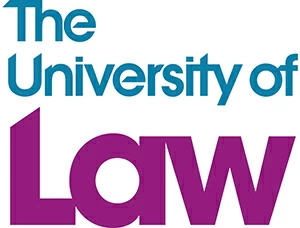
A Fuel Crisis that Continues to Drown the UK
September 14, 2022
The Rohingya Refugee Crisis
September 14, 2022Article written by Caitlin Graham, Lancaster University LLB graduate.
General Tips
Check further reading lists before finding your own sources.
Once you receive your essay question, before trying to identify your own primary and secondary sources, a good starting point is to have a look at your university’s further reading list for whichever topic the question is based upon and then research any of the relevant sources listed. Also, you can find sources by checking the further reading list of the relevant chapter in your main textbook. You can also ask for help from professional research paper writers
Plan before you start writing.
Produce a plan which outlines what all of your main arguments are, how you will make the points, which sources you plan to use, and what your conclusion will be. By having all of your notes and research in your plan in one place, this will prevent any confusion or stress trying to find something later on.
At the end of each main argument, link it back to the question.
You need to answer the question. To ensure you do this, at the end of each key point, include a sentence or two which links it back to the main question.
Make a vocabulary bank on a word document.
Making a list of words that are commonly used in essay writing and having it to hand or in a separate tab on your computer can be really useful if you get stuck whilst writing.
Use sentence starters such as ‘firstly’, ‘furthermore’, ‘therefore’, and ‘in conclusion’.
Using sentence starters will help ensure your writing is fluent and flows.
Only make direct quotations where it makes sense to.
It is not necessary to directly quote every academic commentator that you are making reference to in your essay; instead, for the most part, paraphrase.
Proofread your essay out loud before submitting.
It is very important that you not only proofread your essay before you submit it but that you do so out loud. This will help you filter out any incorrect punctuation and ensure that your writing flows.
How to Answer Each Section of an Essay
The Introduction
You should aim to do four things in your introduction:
- Set out any definitions of any key terms outlined in the essay title or statement of your essay.
- State what the overall aim of your essay is.
- Explain how you plan to achieve this aim.
- Provide a brief summary of what your essay will conclude.
The Main Body of the Essay
The main body of the essay refers to the two or three main arguments. Aim to use a range of primary and secondary sources in this part. It is crucial that critical analysis is used in this section in order to achieve a higher grade. This will mean engaging with primary and secondary sources and identifying the strengths and weaknesses of each point. Furthermore, whilst you should acknowledge both sides of the argument, you should finish by clarifying which side you find more convincing and why.
The Conclusion
A conclusion should:
- Summarise how the essay has achieved its aim.
- Echo what the essay’s position/opinion on the essay question/title is and explain the reasoning behind this.
Do not address any new points or arguments in the conclusion; only refer to ideas that you have already discussed. Keep the conclusion relatively brief – a few sentences should be sufficient.





